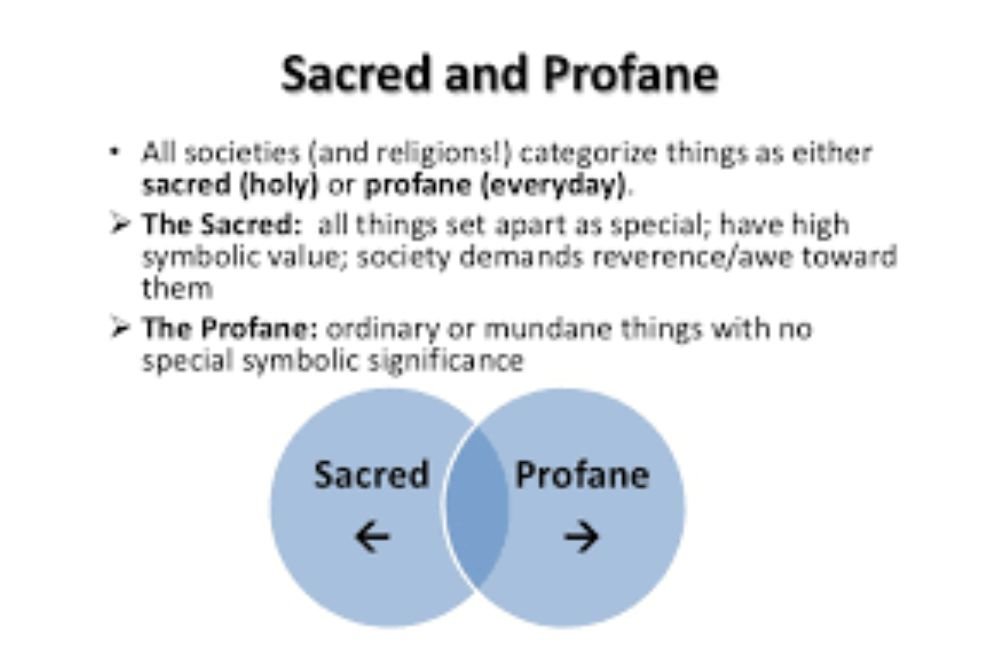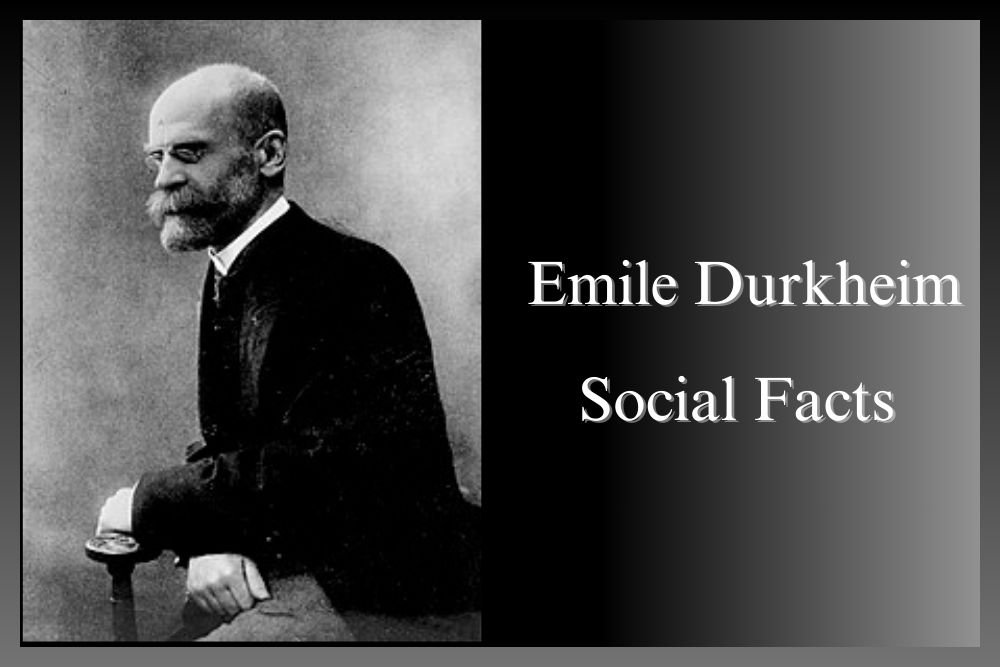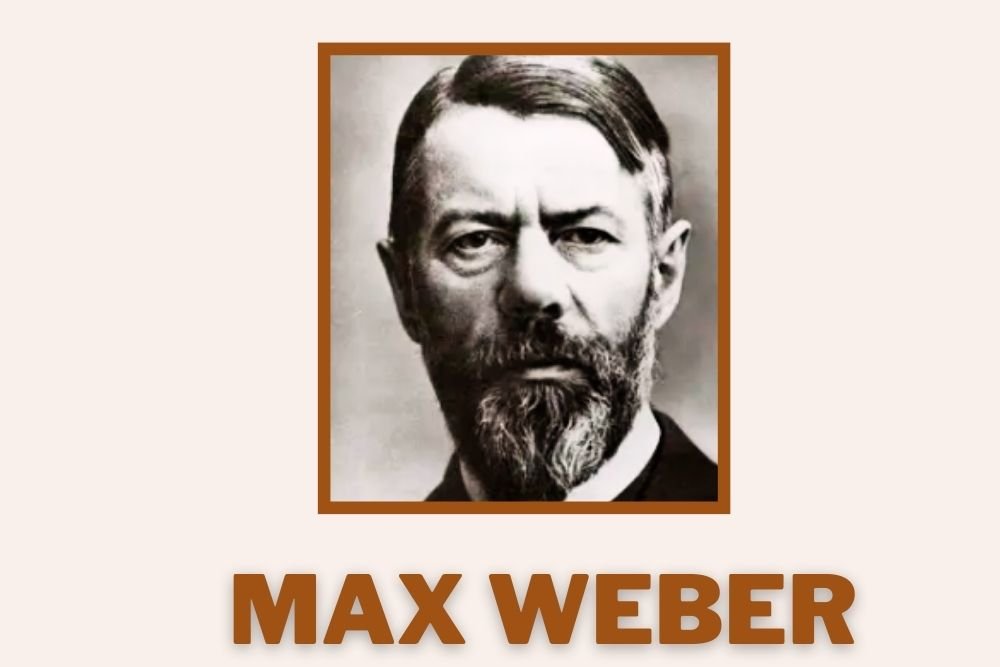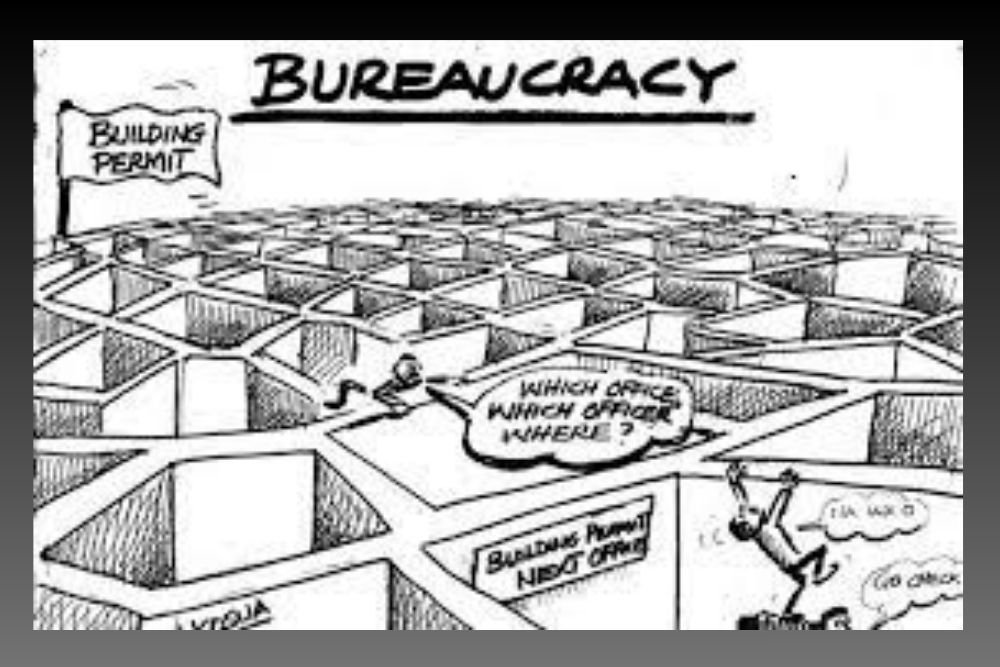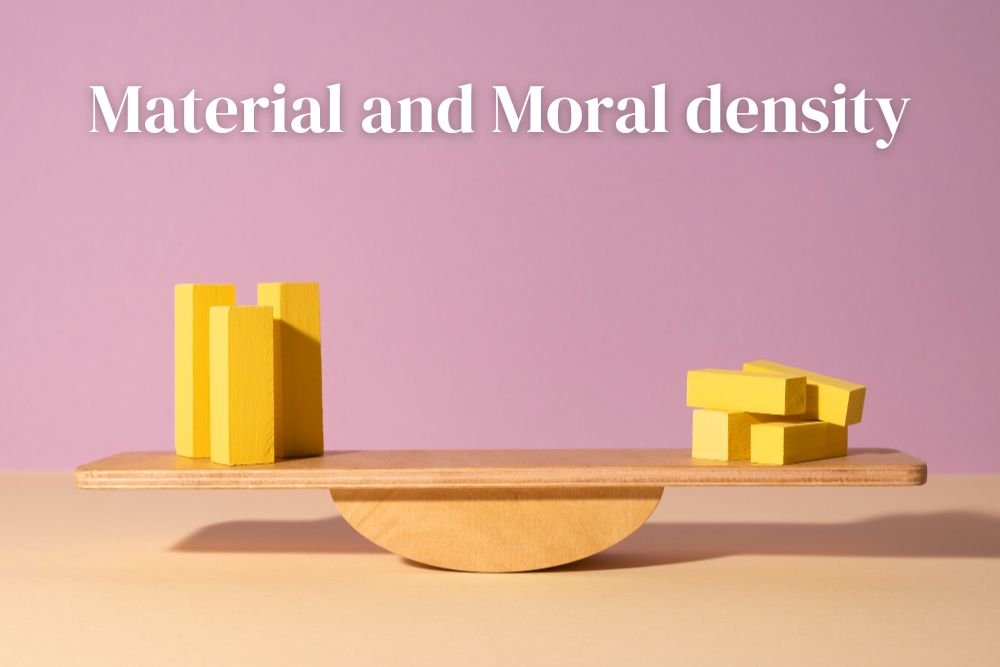
Material and moral density, central concepts in sociological analysis, provide a profound framework for understanding the intricate dynamics of social structures, values, and human interactions. Grounded in the works of eminent sociologists such as Georg Simmel and Max Weber, these concepts offer a comprehensive lens through which to explore the multifaceted nature of societies, emphasizing the interplay between the physical and moral dimensions that shape communities.
Material density, a concept articulated by Georg Simmel, transcends mere urban-rural distinctions, encompassing the spatial arrangements and tangible aspects of the environment that influence social interactions. As expounded in "The Metropolis and Mental Life," Simmel's exploration of urban environments underscores the impact of high population density. Within densely populated urban areas, individuals often navigate a unique social landscape characterized by heightened anonymity and distinctive patterns of behavior. Simmel's insights extend beyond the urban context, offering a nuanced understanding of how various spatial arrangements, whether crowded city streets or more expansive rural landscapes, influence the quality and nature of social connections.
Furthermore, material density is intricately tied to the development of social institutions and community structures. In densely populated areas, the tangible aspects of the environment, such as public spaces and infrastructure, contribute to the establishment of distinct social forms. Comparatively, less densely populated regions may foster stronger interpersonal ties, shaped by the intimacy afforded by a more expansive and less crowded physical setting. The exploration of material density thus becomes a key avenue for comprehending the spatial aspects of social life.
Moral density, as elucidated by Max Weber, delves into the normative or moral values within a social group. In Weber's examination of the Protestant Ethic and the Spirit of Capitalism, moral density emerges as a crucial element influencing economic behavior and the rise of capitalism. It encompasses shared beliefs, values, and ethical frameworks that guide individual actions within a society. Understanding moral density allows sociologists to unravel the intricate tapestry of normative structures, providing insights into how moral values shape individual conduct and contribute to the broader societal ethos.
The interplay between material and moral density holds significant implications for the overall character of social life. In densely populated urban areas, the encounter with a diversity of moral perspectives reflects the complex web of interactions within the material landscape. Conversely, in sparsely populated or rural settings, moral density may be influenced by a more homogeneous set of values, leading to a more cohesive moral order. This interconnection between the physical and moral dimensions becomes a vital aspect of analyzing the dynamics of social systems.
Understanding the relationship between material and moral density offers a nuanced analysis of how the physical environment and normative frameworks intersect to shape social institutions, individual behaviors, and community structures. This exploration provides sociologists with a robust framework to understand the multifaceted nature of social life and its underlying complexities.
In conclusion, the concepts of material and moral density, woven into the fabric of sociological thought by Simmel and Weber, provide indispensable tools for understanding the diverse dimensions of societies. By delving into these concepts, scholars gain a deeper appreciation for the complexities that underlie spatial arrangements, normative frameworks, and the diverse tapestry of human interactions within societies. The exploration of material and moral density enriches sociological analyses, contributing to a more comprehensive understanding of the intricate dynamics that shape the social world.











































